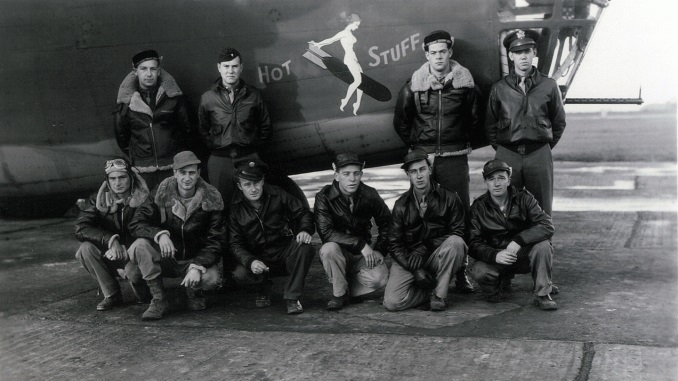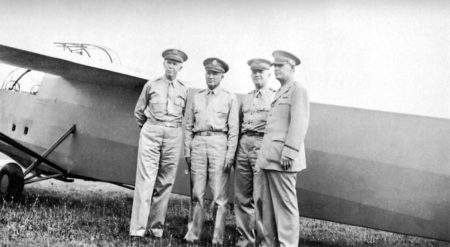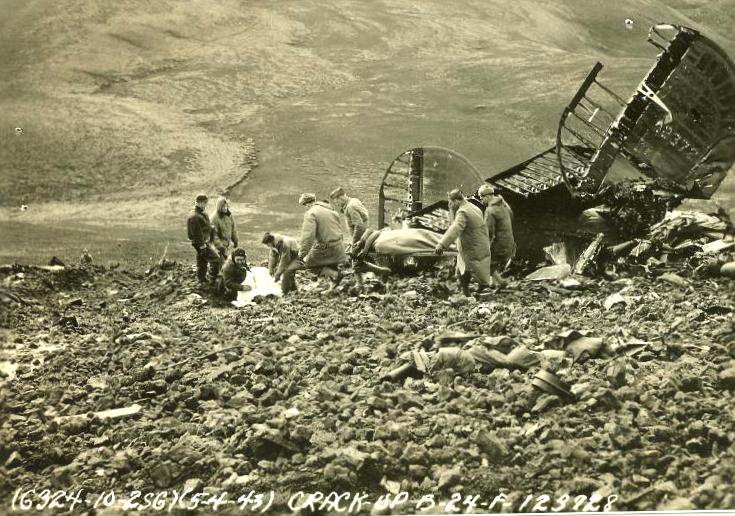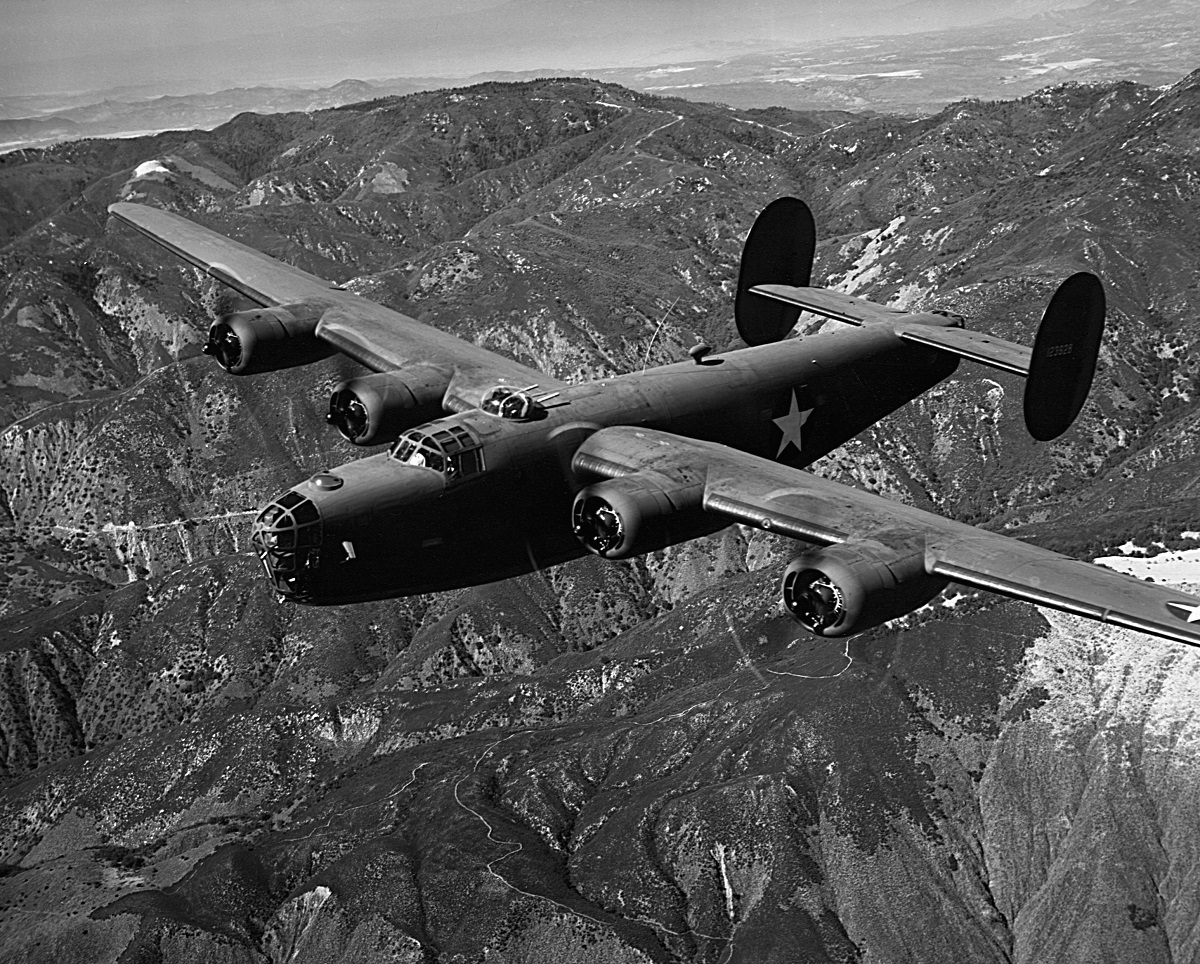Over three months before the B-17 Memphis Belle completed 25 missions, the B-24 Liberator “Hot Stuff” had already returned home from its 25th mission. The aircraft and its crew were destined for fame, being sent back to the United States to tour the country and sell war bonds. However, on their way home tragedy struck and the aircraft crashed on an Icelandic mountainside. All of the crew except one were killed.
With the loss of this crew, the US sent the Memphis Belle home instead, turning it into an icon and forgetting the heroic and earlier work of Hot Stuff.
Hot Stuff

Hot Stuff was a Consolidated B-24D Liberator that flew with the 8th Air Force in the 93rd Bomb Group, 330th Bomb Squadron, during WWII. The crew and aircraft started their career in late 1942, flying missions over North Africa. On February 7, 1943, Hot Stuff flew its landmark 25th mission, dropping bombs on Naples, Italy. This was three and a half months before Memphis Belle hit the same milestone.
On March 22, 1943, both the Memphis Belle and Hot Stuff participated in the same mission over Wilhelmshaven, Germany. This mission was Hot Stuff’s 30th and Memphis Belle’s 10th.
She continued on in service, eventually completing a total of 31 missions. The crew and their aircraft were to be sent to the UK and given the Distinguished Flying Cross and the Air Medal. They were scheduled to return to the US in spring 1943.
At the time the causality rate among heavy bomber crews was horrifically high, so much so that 25 missions were considered an entire tour. Actually keeping track of this was hard though, as deaths, injuries, rotations, illnesses, leave, and equipment failures complicated matters.
General Andrews

Meanwhile, Lieutenant General Frank M. Andrews was urgently needed in Washington D.C. He was the then-Commander of the European Theater of Operations and was due a promotion, likely to four-star general.
To get back to the US as fast as possible, he and his entourage hitched a lift on board Hot Stuff.
On the way back to the US on May 3, 1943, Hot Stuff had to refuel in Iceland, but tragically the bomber crashed into a mountain while flying in bad weather. Apart from the tail gunner, everyone onboard the aircraft was killed in the crash.

On that very day General Andrews – who was known to be an exceptional leader – was meant to be informed that he had been chosen to lead the Allied forces during the invasion of Europe. Andrews died before receiving this information. Because of Andrews’ death, the position of Supreme Allied Commander was given to Dwight D. Eisenhower instead.
With the crash of Hot Stuff, the US quickly scrambled to find another aircraft that had completed its 25 missions. As a result the crew of Hot Stuff, even though they reached the 25 mission milestone first, were forgotten.
In 2012, pieces of Hot Stuff were recovered from the Icelandic mountainside and returned to the United States. Those who participated in the recovery pushed for a memorial to be established nearby, to honor the crew and their aircraft.
In 2018, 75 years after the crash, a memorial was unveiled near the crash site. The event received a B-52 Stratofortress flyby and had 140 Americans in attendance.
